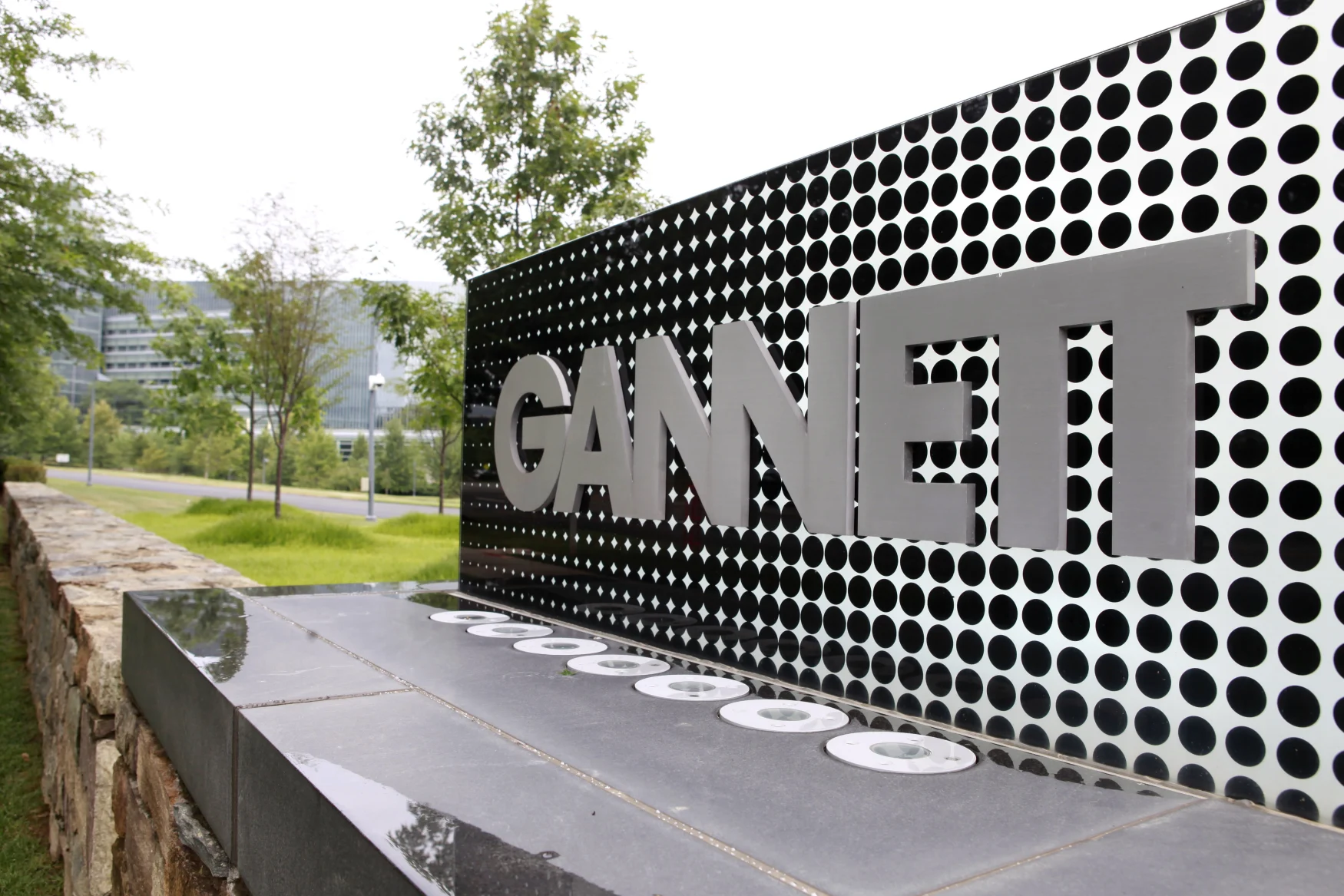The lawsuit largely echoes one filed by the DOJ in January.
Gannett, a news publisher accused of monopolistic behavior, is suing Google for monopolistic behavior. It’s the latest in a string of lawsuits against the search giant, and it repeats many of the arguments made by the Department of Justice in its second lawsuit against Google, filed earlier this year. Gannett is the US’ largest news publisher. “Google has monopolized market trading to their advantage and at the expense of publishers, readers and everyone else,” Gannett CEO Mike Reed said to CNBC. “Digital advertising is the lifeblood of the online economy. Without free and fair competition for digital ad space, publishers cannot invest in their newsrooms.”
Gannett, which owns USA Today and various local papers, says Google has overly broad control over the online ad business, leading to diminished ad spending despite growing online readership. The crux of the complaint is that Google owns the largest ad exchange and ad server — both acquired rather than built organically — and that arrangement has led to diminished industry revenue.
“Content providers, including hundreds of our local news outlets, create enormous value but see none of the financial upside because Google, as middleman, has monopolized the markets for important software and technology products that publishers and advertisers use to buy and sell ad space,” Gannett CEO Mike Reed wrote today. “Google trades on that conflict of interest to its advantage and at the expense of publishers, readers and everyone else. Our lawsuit details more than a dozen significantly anticompetitive and deceptive acts by Google, starting as early as 2009 and persisting to present day.”
In a statement to Engadget, Google insisted that its services are popular because they’re the best — not due to a lack of competition. “These claims are simply wrong. Publishers have many options to choose from when it comes to using advertising technology to monetize — in fact, Gannett uses dozens of competing ad services, including Google Ad Manager,” VP of Google Ads Dan Taylor said. “And when publishers choose to use Google tools, they keep the vast majority of revenue. We’ll show the court how our advertising products benefit publishers and help them fund their content online.” Google says the average large publisher will use six different platforms to sell ads on its websites, while advertisers and media agencies will use over three platforms to buy ads. The search giant describes its ad tech fees as transparent and consistent with industry rates.

ASSOCIATED PRESS
However, Gannett’s complaints are similar to those of the DOJ, which filed a suit in January (alongside eight states) to break up Google’s advertising business. “Google’s anticompetitive behavior has raised barriers to entry to artificially high levels, forced key competitors to abandon the market for ad tech tools, dissuaded potential competitors from joining the market, and left Google’s few remaining competitors marginalized and unfairly disadvantaged,” the Justice Department alleged at the time. It was the DOJ’s second lawsuit against Google, following one filed in 2020 under former Attorney General Bill Barr, accusing the company of having a monopoly over search and search-related advertising.
Gannett’s and the DOJ’s most recent lawsuits claim Google has stifled competition in the space through acquisitions. “Whenever Google’s customers and competitors responded with innovation that threatened Google’s stranglehold over any one of these ad tech tools, Google’s anticompetitive response has been swift and effective,” the DOJ said.
Gannett is no stranger to monopolistic accusations. Although the company is over 116 years old, it was acquired by New Media Investment Group and merged with GateHouse Media (taking on the Gannett brand) in 2019. Since the merger, Gannett has laid off over half its workforce and shut down numerous local news outlets. In the period immediately following the acquisition, Gannett “owned 261 daily and 302 weekly newspapers,” according to Nieman Lab. “By the end of 2022, those totals were 217 daily and 175 weekly newspapers,” although some were due to selling papers to local buyers. In addition, the company went from about 25,000 employees at the time of the acquisition to 11,200 in its most recent filing report.
All products recommended by Engadget are selected by our editorial team, independent of our parent company. Some of our stories include affiliate links. If you buy something through one of these links, we may earn an affiliate commission. All prices are correct at the time of publishing.